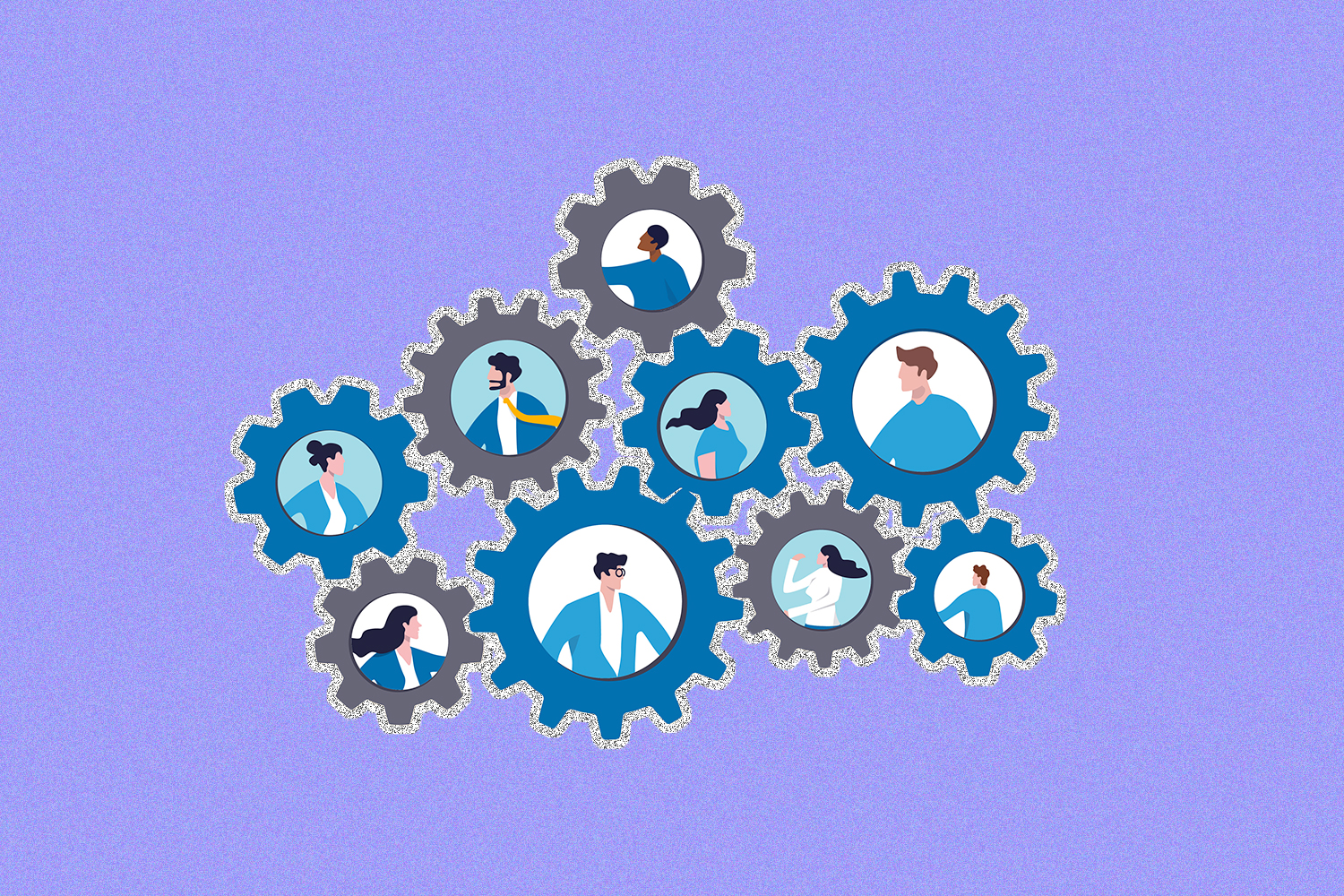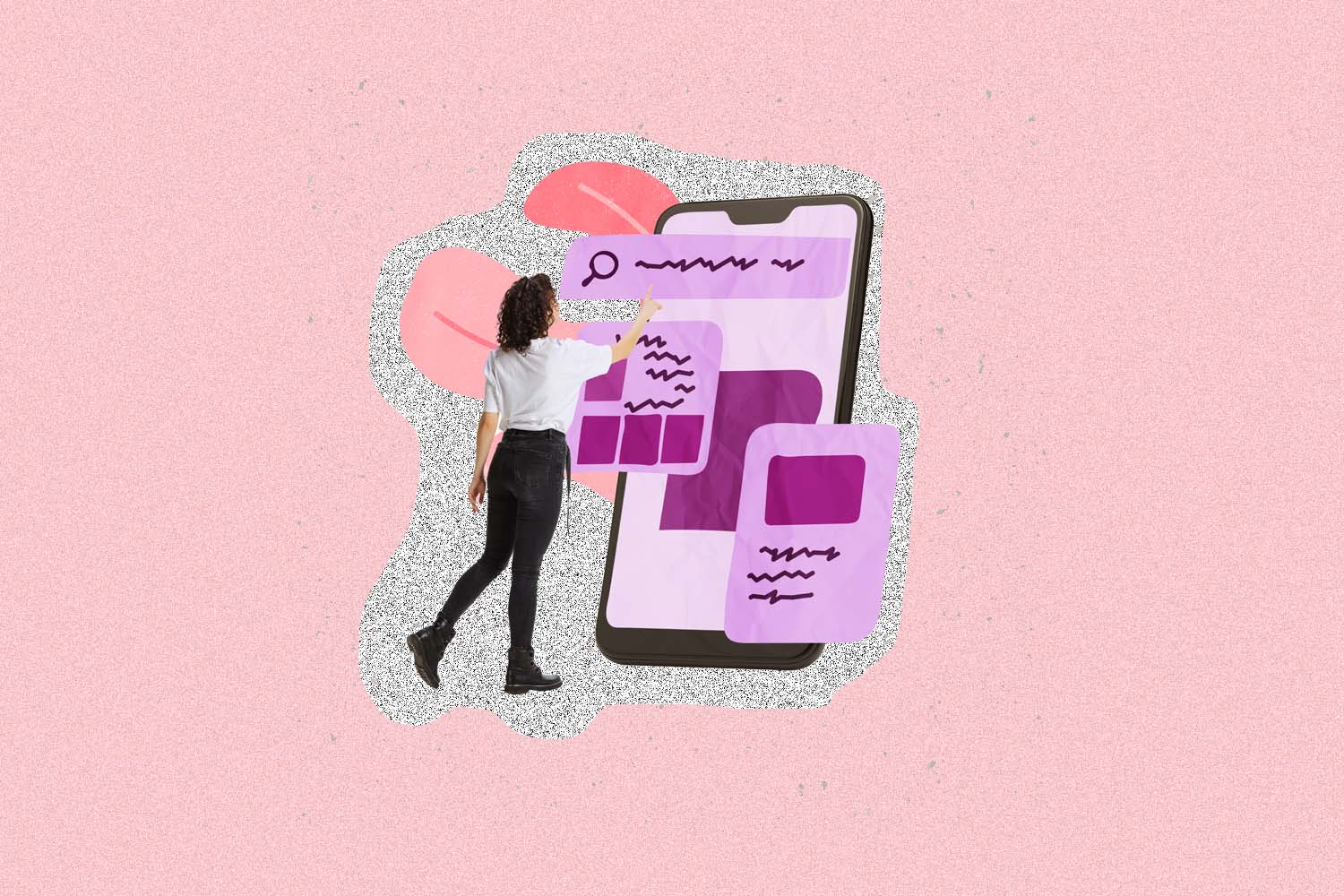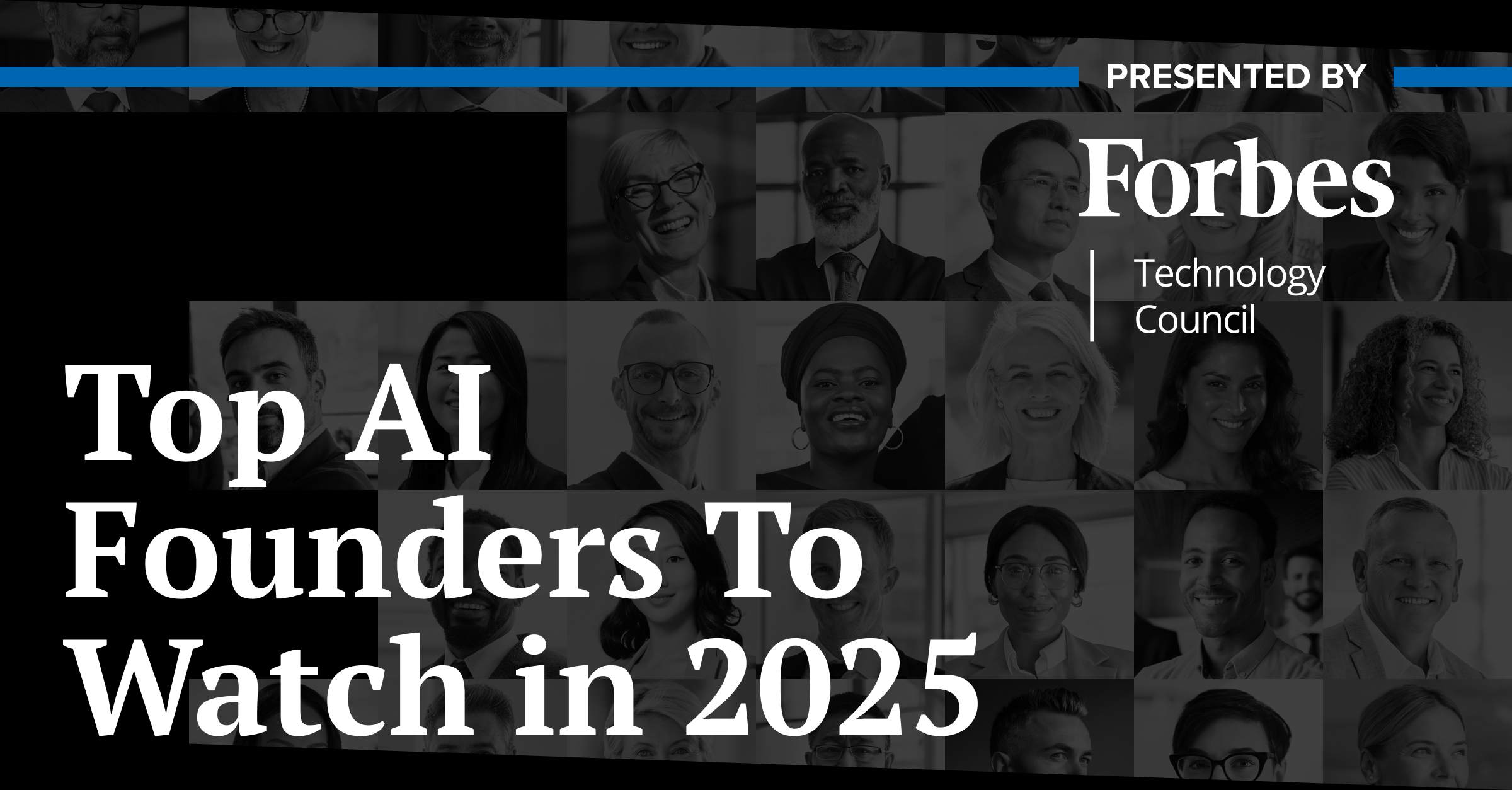Employee resource groups (ERGs) allow team members who share a common characteristic to connect. These groups intend to signal a company’s commitment to diversity and can create a sense of belonging for employees.
However, ERGs are often underutilized. 90% of Fortune 500 companies offer these programs, according to Bentley University — creating groups based on shared ethnicities, generations, faiths, sexual orientations, disabilities or gender identities. However, the 2016 report also found that only 8.5% of employees participate in ERGs.
“If an employee research group goes stagnant, that’s really disheartening,” says Faby Helme of Dominion Energy. Helme is a preparedness specialist at the energy provider and leader in ¡Hola!, the company’s Latino and Hispanic resource group. “We are more than just a specialist or an analyst or a developer,” she says. “We’re actually human.”
At their best ERGs, also known as affinity groups, empower employees to embrace their identities at work, share resources and pursue professional development opportunities. Here’s how you can build ERGs that actually enhance your DEI strategy.
Your ERGs are Languishing — Here’s Why
While companies post long lists of ERGs on their websites, top leaders are often unaware of ERG-run events and do not tap these employee groups when making decisions.
The separation can lead to mishaps that have even made national news.
In September 2021, Netflix released a Dave Chappelle comedy special with jokes targeting transgender people. In response, co-CEO Ted Sarandos wrote an internal email expressing that the company has “a strong belief that content on screen doesn’t directly translate to real-world harm.”
The statement was quickly criticized by members of LGBTQ+ advocacy groups, which noted that stereotypes create danger for transgender people. That was exactly the point the Trans* @ Netflix ERG was trying to make, said Terra Field, an out transgender woman who co-led the group. Field resigned from Netflix in November 2021, after helping lead an employee walkout to protest the Chappelle special.
“I’m not saying that the ERG should be able to get a veto…on every decision that gets made,” Field explains. “But especially when it comes to decisions that affect the trans community, I do think that the ERG should be viewed as a subject-matter expert.”
When it comes to living DEI values, companies should consult their ERGs when making decisions.
“We lean on our ERG teams, and say, ‘Hey, here’s what we’re thinking about doing. Here are the messages we’re thinking about… What do you think?’” Darius Johnson explains of Dominion Energy’s ERGs. Johnson is the company’s vice president of employee engagement and development. “So our [ERG] ideas are a vital source of information, a vital source of guidance that helps direct our path as a company.”
What Listening to Your ERGs Actually Means
When it comes to empowering your ERGs, top executives should start by listening. But turning your diverse employees’ insights into action can prove difficult.
Craig Robinson, chief diversity officer for NBCUniversal, says that his team creates focus groups that involve ERG representatives.
“We’ll say, ‘We know that no group is monolithic, but do you find, for example, this character, who is a stereotypical Black person or a stereotypical Hispanic person…offensive?’” Robinson explains.
At NBCUniversal, Robinson says 14,000 employees are members of one or more of the company’s 10 ERGs. When it comes to focus groups, Robinson says he makes an effort to set expectations. Just because one person is upset by a joke, he says, doesn’t necessarily mean a cut is made. Instead, he recommends looking for trends.
“We just want to make sure that we’re taking a measure,” Robinson says. “What generally happens is we get three people that think it’s hilarious, four people don’t really care and then the other four say it horribly offends them. That’s actually what we are expecting, because that’s the world.”
Outside of focus groups, consider creating one-on-one meetings between senior leaders and members of ERGs. At consulting firm Ernst & Young (EY), where ERGs are known as professional networks, executive sponsors of groups regularly connect with members.
“Check-ins are not limited to just online, but rather can be in person, via email, etc.” Leslie Patterson, who is the EY Americas and US Diversity, Equity and Inclusiveness Leader. “Check-ins are also a great tool in helping leadership understand the unique needs of an individual group, which can lead to additional conversations, listening sessions or even help inform some of our policies.”
Build ERGs into Your Human Resource Strategy
ERGs are often completely volunteer run, in addition to employees full time jobs. However, viewing ERGs as an extracurricular activity is a mistake, says Carlos M. Brown of Dominion Energy.
“This is not a club… This is an extension of your job,” says Brown, the company’s chief compliance officer who helped launch Dominion Energy’s African American resource group. “You are a committee of the organization that’s charged with…contributing to an inclusive and welcoming environment…and to make sure we’re successful with regard to retention and recruitment and promotion [of diverse people].”
According to Brown, Dominion Energy has committed to increase diversity by one percent a year between now and 2025. The goal, he says, is to raise the percentage of women and underrepresented groups at the company to 40%. Well-supported and funded ERGs, he says, plays a role in that strategy.
Research supports ERGs’ role in employee retention. A 2014 survey from Software Advice, found that 50% of respondents would remain at a company because it had an ERG.
“I meet monthly with the leadership team. We invest resources and every one of our ERGs has a budget,” Brown says. “In addition to that, sometimes the leaders, the executive sponsor, will supplement that budget — and that budget is not insignificant.”
Dominion Energy has eight main ERGs with 20 chapters. Each ERG receives a budget of $12,500 annually, according to the company’s communication team. Each chapter also receives a budget of $6,000.
Empower ERGs with C-level Buy-in
Companies should also encourage CEO and C-level executives to attend ERG meetings.
“We have to be willing to be completely open and vulnerable,” Brown says of senior leadership. “If they don’t hear it [vulnerability and openness] from us…in leadership, then they’re not going to…feel comfortable doing it at the operational level or at the…corporate level.”
ERGs may also offer a valuable space for executives to connect with employees on a personal level. For example, Brown retold how he and another Black executive shared their experiences being pulled over by white police officers and of being discriminated against because of their race.
Executive sponsorship is also key to keeping ERGs vibrant and avoiding stagnation.
“I think that’s the biggest problem, that if you don’t participate, it’s like a plant,” says Patterson of resource groups. “If you don’t give it water, it doesn’t grow.”






